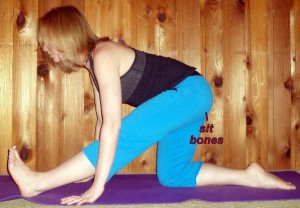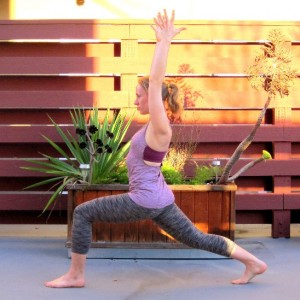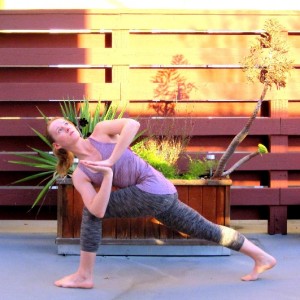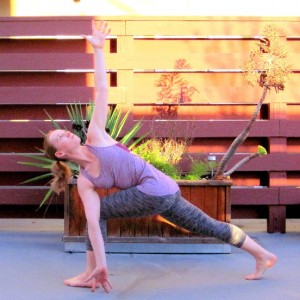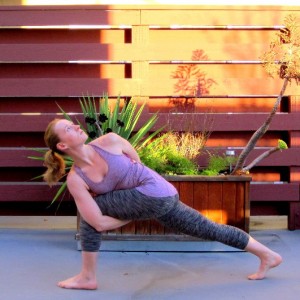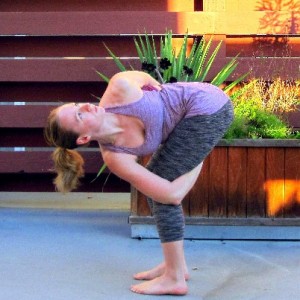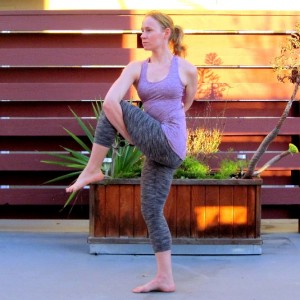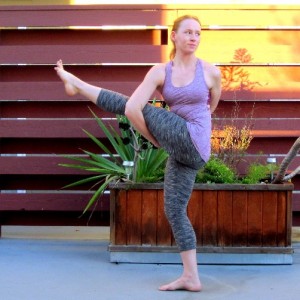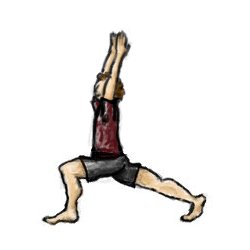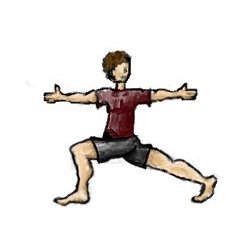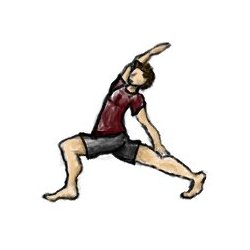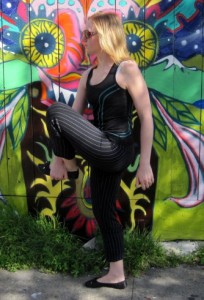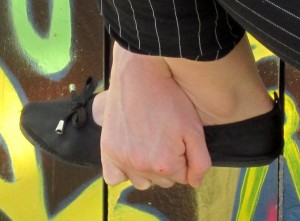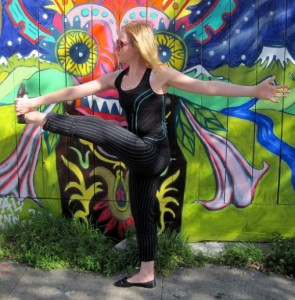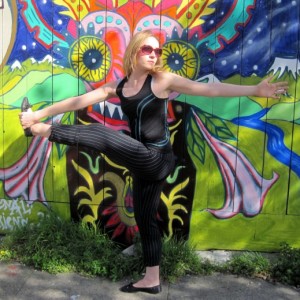I recently taught a Yoga For Cyclists workshop at Mission Cliffs, and I wanted to put some suggestions out there for those of who couldn’t make it, and a refresher out there for those of you who did!
Cyclists tend to have short, tight chest muscles and tense, but overstretched, upper and lower back muscles from continually hunching over their handle bars (for more details on this, see my recent blog post on getting to the root of upper back tension). To stretch the chest muscles and give the upper back muscles a chance to relax, try this prone shoulder opening twist. To strengthen upper and lower back muscles, try locust pose.
Cyclists can develop tight hips, which may contribute to lower back soreness. To stretch tight hip flexors, quads, and hamstrings, consider moving through the following sequence on both sides, holding each of poses for at least thirty seconds:
- Low lunge (stretches the hip flexors)
- Bend into the back knee to come into a quad stretch.
- Release the back leg and straighten into the front knee for half splits (see Refining Your Hamstring Stretches for more details on getting the most out of this pose).
To stretch the outer hip muscles try pigeon pose or thread the needle. It is important to stretch the outer hip muscles as these muscle can contribute to tension in the IT band (a long strap of connective tissue running from your hip to below your knee), which can cause problems in both the hip and the knee.
It is also important to maintain strong core muscles to have healthy form while cycling. As mentioned above, locust will help strengthen your low back. Holding plank pose will strengthen all the core muscles at once.
I hope that gives you some stuff to try at home for now. I will be offering the Yoga For Cyclists workshop again soon at Mission Cliffs, so keep your eyes out for it!
